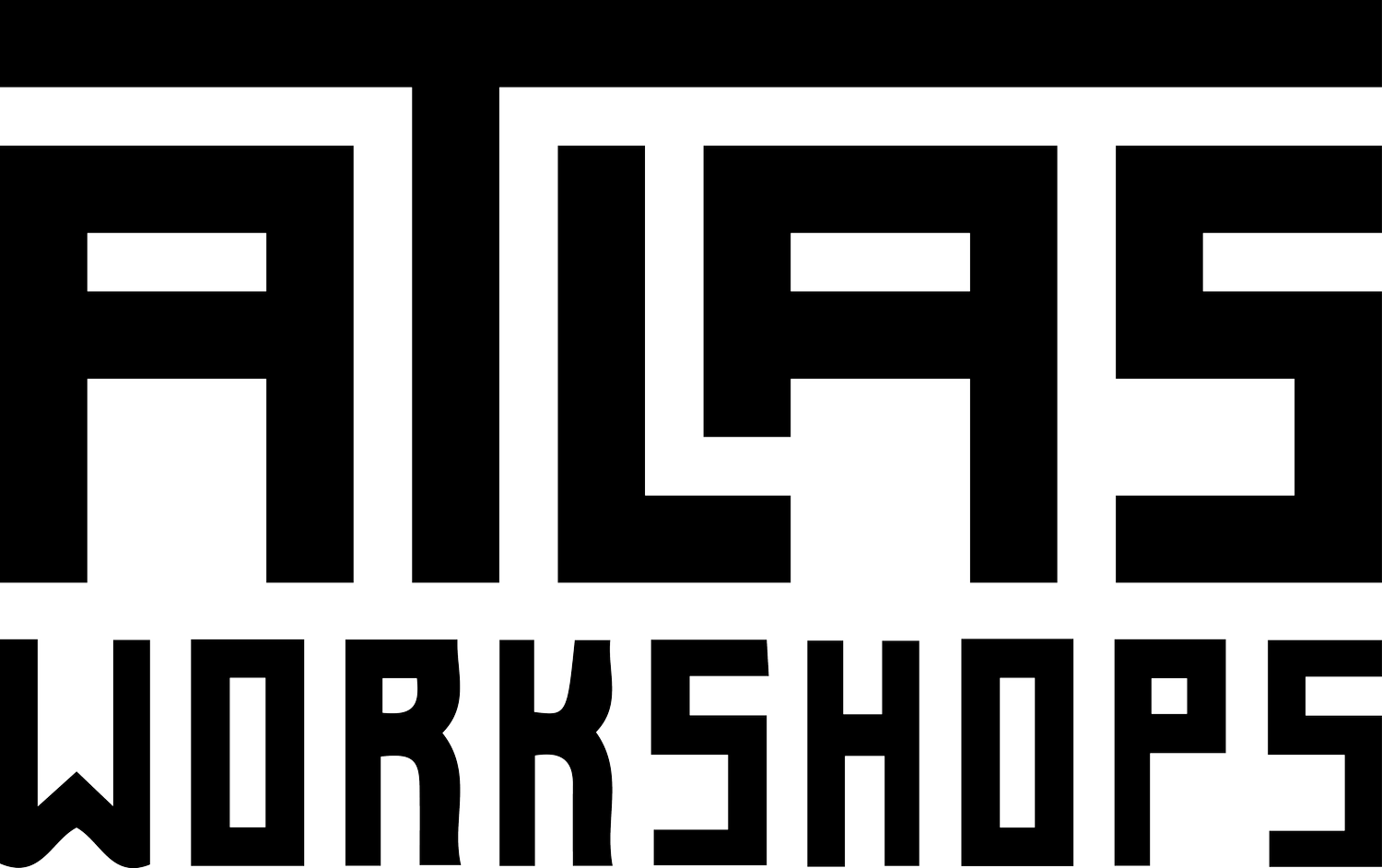Where Design Meets Development Meets Education
Last month, while on a flight from Boston to London, I began talking to the man next to me who was visiting London on a business trip. He asked what I would be doing in London and was surprised to learn I was continuing on to Kenya. He was even more surprised to learn that I wasn’t going to Africa for a safari, or to volunteer at a school, but was going to work on a project that aims change public transportation in Nairobi, the capital, and impact other rapidly developing cities around the world. My teammates and I are creating the first public transportation map for this sprawling city of over three million in collaboration with universities, software developers, and the growing network of innovators based in Nairobi.
International design can change the world
Over the last few years, through my companyGroupshot and a few other collaborative efforts, different projects have taken me around the world to work with local partners, start-ups, inventors and large organizations as they attempt to use technology to change the world. These social entrepreneurs have exposed me to new communities and challenges, while also showing me the capacity of nuanced investigation, thoughtful design, and genuine partnership.
In 2010, I worked with Ushahidi Haiti, a project that used mobile phones to coordinate the rescue and response efforts of the earthquake in Haiti. In 2012, I researched distribution models in India, to make arevolutionary wheelchair available to people who need it most. My work on these, and dozens of other similar projects have required me to really get to know vastly different locations and their communities and to analyze how technology can impact the way things get done (or sometimes, how technology doesn’t achieve what we hope it will). The most important part of these projects has been building strong relationships with individuals and organizations.
Best field trip ever: students test “design for development.”
Two years ago I was asked to lead a two-week design studio at the NuVu Program for a group of high school students studying “design for development.” The goal was to bring some of my international work with Groupshot to a group of young design students in Cambridge, MA.
We brought a real project to the studio: an effort to develop educational games on mobile phones forSesame Workshop in India. (Sesame Workshop is the nonprofit educational development arm of Sesame Street – they run amazing programs in over 150 countries). These games could allow Sesame to distribute valuable lessons in social development and hygiene more widely to kids in urban North India.
We planned a trip to India to test the games first hand. The trip would balance hands-on testing and introduction of field research techniques, while we pushed forward the development of these projects. As an innovator and an educator, I loved watching as my students apply the lessons we’d learned in the classroom to the context in India—and together, changing and re-evaluating our initial design based on our field-testing. My students returned from India fired up with new insights and inspirations for their design work.
Bringing students abroad as collaborators
As Atlas Workshops grows we will include more and more students on one-of-a kind international projects, which will introduce students to the global work my colleagues, co-founders and I have been doing for years now. I was inspired by the exciting potential for learning, collaboration, and creation I found in bringing students into my work and introducing them to both research and international design solutions. I am excited to design workshops that push new ideas, bridge international communities, demand a nuanced understanding of international current events, and leave a positive impact around the world.
– Adam
